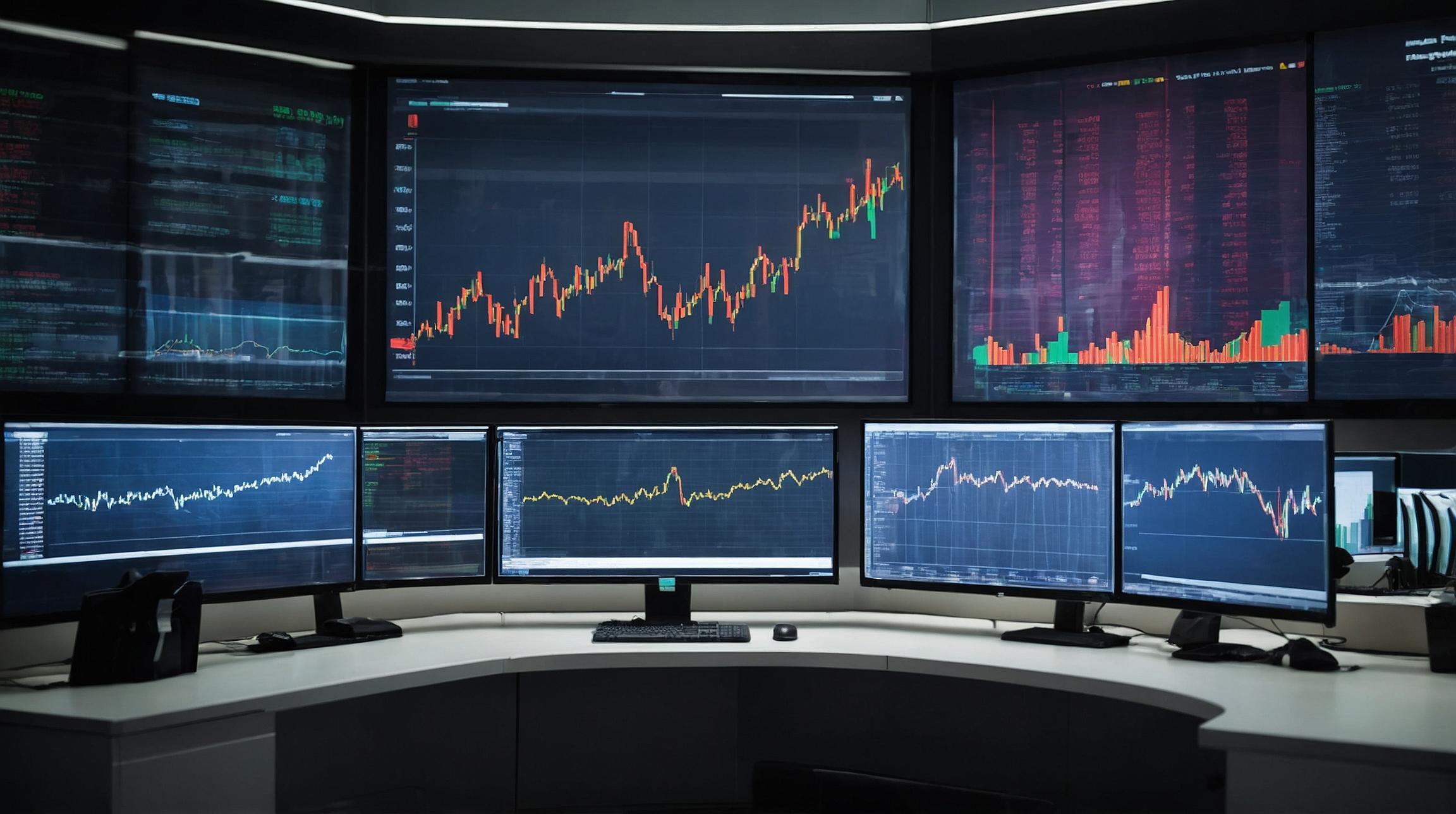Eli Lilly and Novo Nordisk's Weight-Loss Drugs Drive Soaring Shares
U.S.-based Eli Lilly and Denmark's Novo Nordisk are reaping the rewards of their weight-loss drugs, leading to a surge in their share prices that rivals high-growth tech stocks. Both retail and institutional investors have been flocking to these pharmaceutical giants over the past year, anticipating the explosive demand for their obesity drugs, known as GLP-1 agonists, in a market that analysts predict could exceed $100 billion.
Record-High Share Prices and Premium Valuations
The stocks of both Eli Lilly and Novo Nordisk are currently trading near record highs, with valuation multiples significantly higher than their healthcare peers and on par with high-flying technology and growth stocks. Eli Lilly's shares trade at a price-to-earnings (PE) multiple of 56.17 for the next 12 months, while Novo Nordisk has a PE multiple of 35.84.
According to Jason Benowitz, Senior Portfolio Manager at CI Roosevelt, these companies are rightly considered growth stocks even within the large-cap pharmaceutical industry, typically associated with value stocks.
Impressive Market Capitalization
Eli Lilly recently surpassed electric automaker Tesla to become the ninth-largest U.S.-listed company by market value. Last year, Novo Nordisk briefly overtook French luxury retail giant LVMH as the most valuable European company. As of now, Eli Lilly is worth $719 billion, while Novo Nordisk's market capitalization stands at about $550 billion, including unlisted shares.
Projected Revenue Growth
Analysts are optimistic about the future revenue growth of both companies. Eli Lilly's revenue is expected to jump 76% to $60.39 billion over the next three years, while Novo Nordisk's revenue is projected to increase by 68% to 390 million Danish crowns during the same period.
Diversification Favors Eli Lilly
Experts believe that Eli Lilly's diversification, driven by recent acquisitions, investments in research and development, and rising sales of cancer drugs, gives the company an advantage. According to Sel Hardy, an analyst at CFRA Research, "Since 2023, we're seeing a lot of retail interest in the stock being driven by the GLP-1 boom. But we don't think Lilly is just a GLP-1 story."
Risks and Uncertainties
As with any new blockbuster drug, there are risks and uncertainties associated with estimating the total addressable market in the coming years. Art Hogan, Chief Market Strategist at B. Riley Wealth in New York, highlights spiraling costs to expand production capacity and the potential sharp decline in product prices as potential risks to the recent market rally.
Dan Coatsworth, an investment analyst at AJ Bell, also considers these risks, emphasizing the need for cautiousness amid the current surge in share prices driven by the success of the weight-loss drugs.
In conclusion, Eli Lilly and Novo Nordisk's weight-loss drugs have triggered a significant increase in their share prices, attracting investors betting on the booming obesity drug market. While both companies face risks and uncertainties, their plans for diversification and future revenue growth provide further optimism for investors.
Analyst comment
Positive news. The weight-loss drugs of Eli Lilly and Novo Nordisk have driven their shares to record highs and attracted investors. Analysts expect strong growth in the market for obesity drugs, pushing the companies’ valuations higher. Eli Lilly’s revenue is projected to increase by 76% over the next three years. However, the rally could be at risk if sales disappoint or production costs increase sharply. Overall, the market is expected to continue growing with a slight dip in Novo Nordisk’s valuation.













